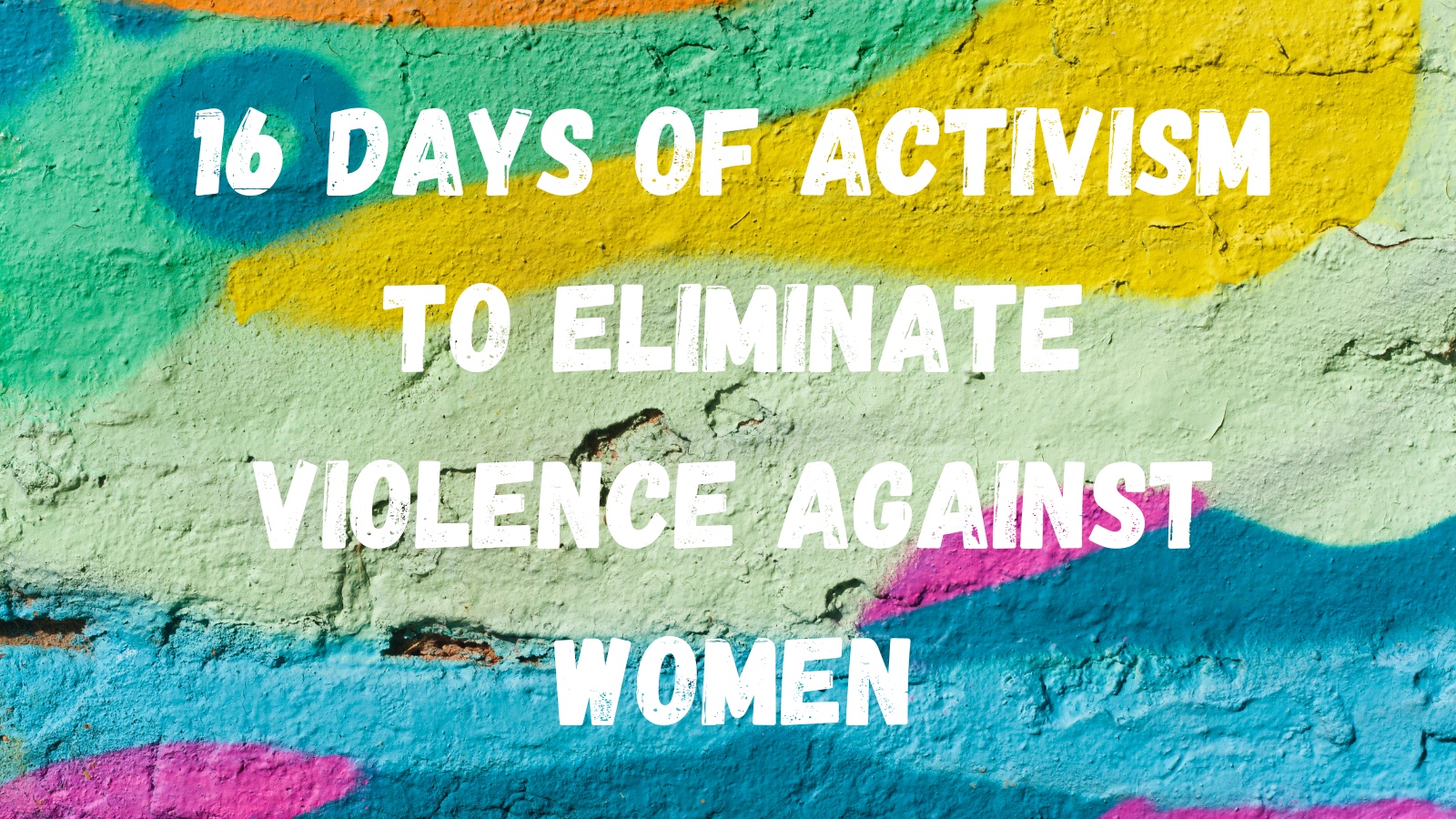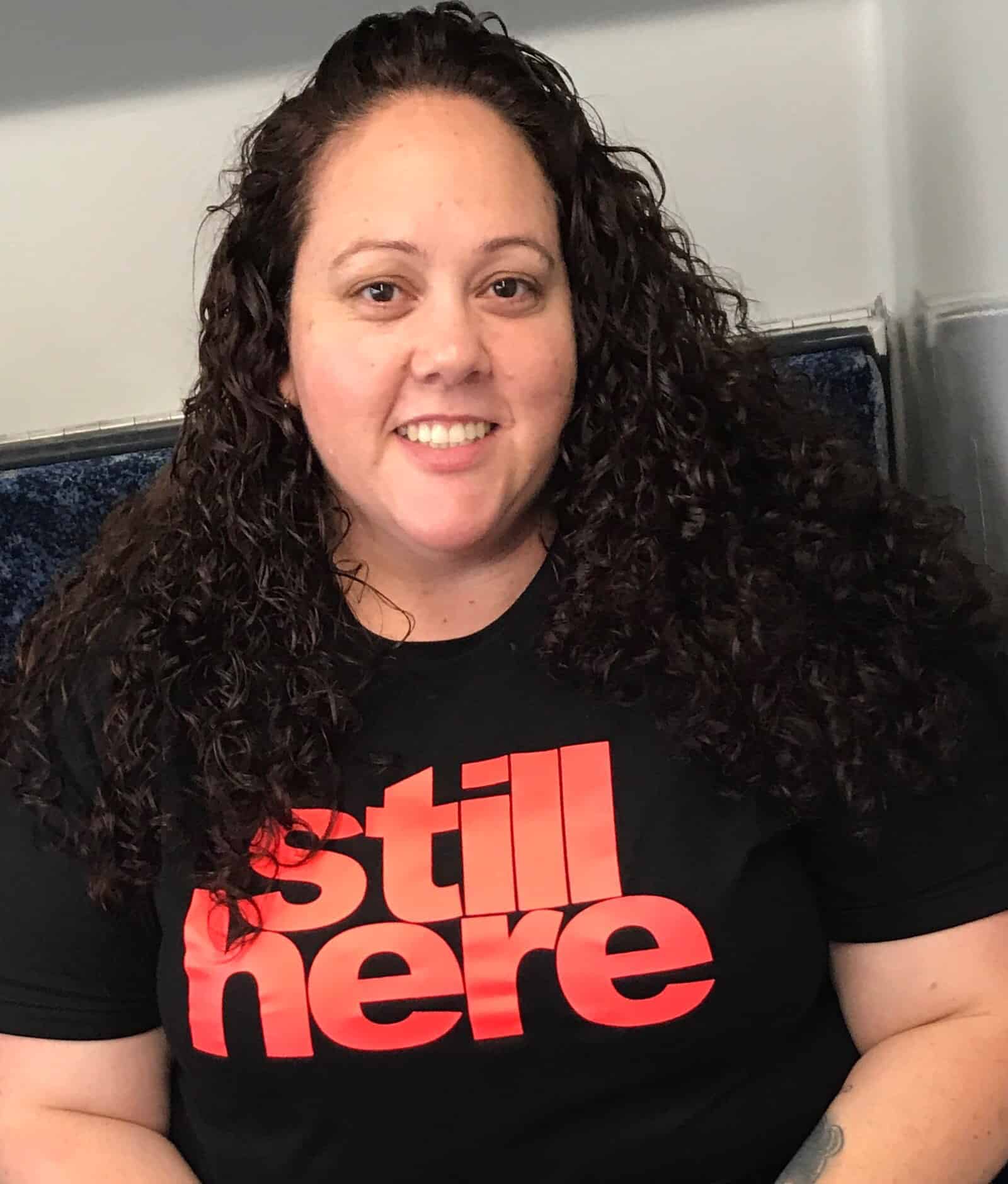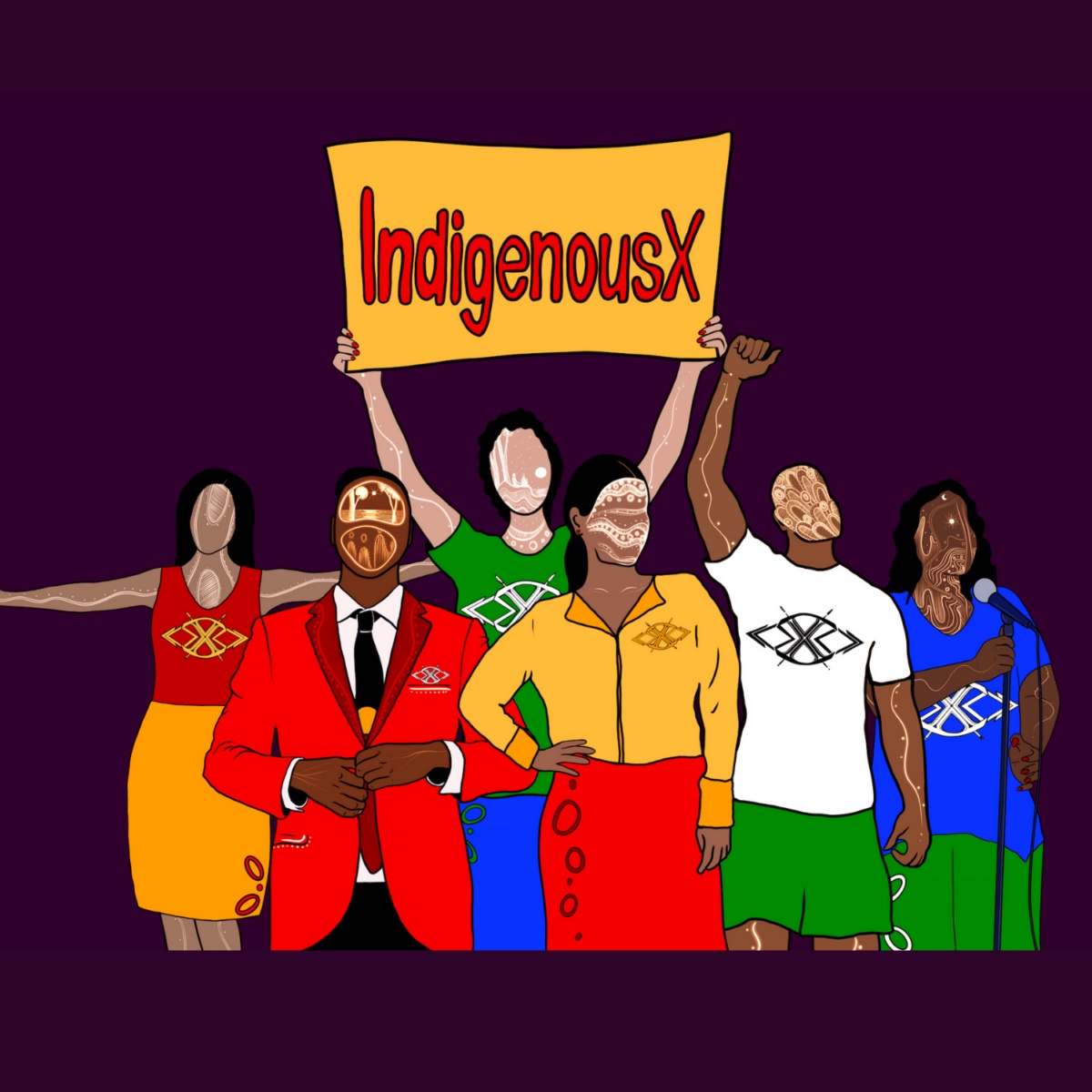What will it take to acknowledge and respect our humanity?

Please note; the links shared within this piece are intended to highlight the plight of the Indigenous families and their ongoing struggle for justice in recognition of their tireless work in honoring their loved ones. I share these with greatest respect.
As I come to write this piece it is almost the end of 2020. This year is one that I look forward to seeing out, I am hopeful of improved opportunities and possibilities for 2021. Like many people in the line of work that I am part of, work in the social justice space is never done. Each morning that brings a new opportunity, also brings another possibility of violence and trauma experienced by Indigenous women. We are in the midst of the #16DaysofActivism2020, I can only draw on the fact that each and every day, the violence of the colony is ongoing and a constant.
Activism against violence against Indigenous women is every damn day!
Despite multiple royal commissions, coronial inquests and parliamentary enquiries, carceral systems remain selective in the implementation recommendations while also inflicting fatal harm towards Indigenous women. By stating carceral systems, I reference the government systems who provide service to the community. That being health, education, child protection, police, the criminal punishment system, inclusive of the courts and corrections.
As a result of systemic, structural and individual failures, Indigenous families are thrust into the social justice arena in seeking justice, while also grieving the loss of their loved one. Indigenous families are left to pick up the pieces when agents of the state are removed of culpability or responsibility due to a lack of or an omission in their duties as state employees. Sadly, we have witnessed the unacceptable deaths of Indigenous women from these failures.
The colony through federal and state jurisdictions function as a mechanism of social control, reifying assimilation. Indigenous women live within and across multiple intersectional dimensions that can be the cause and consequences that impact vulnerability. These mechanisms of social control influence the way in which Indigenous women become part of the carceral systems. If conformity does not follow, they can quickly become absorbed into the overrepresentation of these systems.
Examples include the mass incarceration of Indigenous women which has seen a rapid increased rate, as a result of minor offences while having fatal consequences.
Indigenous women remain missing while those responsible for the deaths of Indigenous women not found nor held accountable.
From our director @AllanJClarke. THANK YOU pic.twitter.com/rLMCKUDqtD
— Bowraville Murders Documentary (@BowravilleDoco) June 26, 2020
There is an urgency to ensure that Indigenous women who are invisible at times and hypervisible at others, are protected. However, there continues to be a considerable miscarriage of justice by systemic and structural racism of Indigenous women who use resistant violence of whom have endured horrendous encounters of violence.
Each year we see increase numbers of Indigenous women proceed through the prison turnstiles, yet nothing is really ever done in relation to the mass incarceration of mothers in prison and the ongoing separation of families. This is with the exception of advocates and social justice services, who along with the families, do the heavy lifting in attempts to keep the state accountable.
We see time and again reports stating that social and cultural determinants play a key feature in the violence against Indigenous women, yet we do not see any of the social indicators move. Rather these are worsening, thus poverty is criminalised.
While we can provide interventions at the individual level there is a far more layered and complex phenomena happening here. The ripple effect includes the individuals, families, communities, systems and structures. Just the same as focusing the lens on Indigenous men who are perceived to be the partners and perpetrators of violence against Indigenous women. We know that Indigenous women are just as likely to be partnered with a non-Indigenous person. Ethnicity data of people who perpetrate violence against Indigenous women is difficult to find, with fault usually assumed to be an Indigenous community issue with Indigenous men responsible. I am not excusing those whom are violent, what I mean is, this issue is not just the responsibility of the Indigenous community. This is a whole of community issue, that requires all people, systems and processes to address.
Focusing on silo’ed approaches will not address the issues. Gaps in service delivery mean that access to services are hindered and Indigenous women fall through and enter the carceral systems. While also, eligibility requirements hinder the access to vital services such as those impacted by health conditions such as dual diagnosis, or those mental health and substance use issues. These are just the tip of the iceberg.
Responses to addressing all typologies of violence against Indigenous women require a trauma and culturally informed and responsive approach, that are integrated, holistic and comprehensive models of care. However, services that can and do provide Indigenous communities with support such as the Aboriginal Community Control sector continues to be depleted, through competitive funding environment that diminish and reduce culturally safe services and prop up the non-Indigenous sector. Thus, Aboriginal disadvantage is seen to be a lucrative commodity.
These complex issues require discussions that include truth telling with community voices being heard. The rates of missing and murdered Indigenous women will continue to soar, as will the mass incarceration and separation of Indigenous families if systems and gaps in service delivery are not addressed. We also need to ensure that the complexities faced by Indigenous women are not utilised as a punitive measure that perpetuates trauma and violence through the carceral mechanisms that contain Indigenous women.
During the #16daysofactivism we are asking you to truly consider how this is not an awareness event, it is a call to action. To that end, we ask that you contribute in meaningful ways to support the work being done to protect women and reduce the risk for them by donating here.




